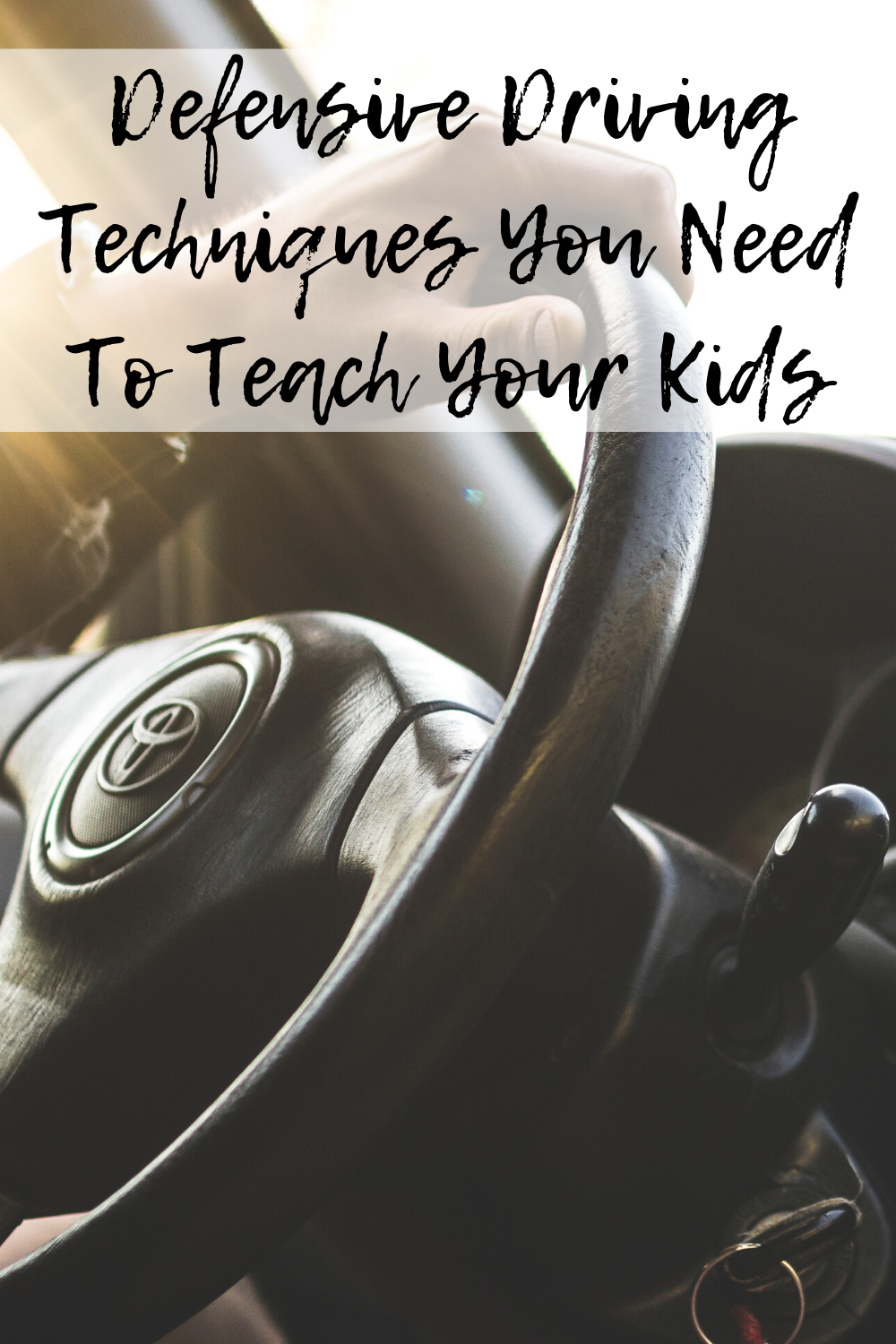
Once your children are old enough to drive, they probably won’t stop nagging until you let them drive, even if it’s for a little bit. As a parent, you ought to know that driving is a skill that gets better with practice, so the more your children get more time behind the wheel, the better their driving will be. It’s not hard to notice that the problem plaguing every parent’s mind is the safety of their children behind the wheel.
A glance at the latest crash statistics is enough to make you paranoid when it comes to driving. Even though parents hate to think of it, but they should always be prepared to help their children out in the event of an accident. People in the US for instance, are well aware of the importance of educating their kids about the value of safety, and along with that comes some kind of insurance as well. Maryland locals, in particular, have specific firms that they can rely on, and the kids need to know that they too can call the Trollinger law firm to avoid the insurance company hassle in case anything goes wrong. The good news is that defensive driving is helping decrease the number of accidents per year at a significant pace but staying legally prepared shouldn’t hurt.
If you truly wish for your children to stay safe while driving, it’s about time to teach them some defensive driving techniques.
- Never Forget to Buckle Up
According to the Center for Disease Control and Prevention, seatbelts alone can reduce accident-related injuries and deaths by almost 50%. Even though it seems quite intuitive to buckle up before you start to drive, you wouldn’t believe the number of people who choose not to. This is a very important defensive driving technique that should be ingrained in your child’s mind whenever they get behind the wheel at any given time.
- Proactive Preparation
Even if you drive according to all textbook rules, don’t expect that other drivers are as responsible as you are. This means that you need to take a more proactive and defensive approach by being always prepared to avoid collision with any vehicle. Explain to your kids that their hands should always be on the wheel, back straightened, and eyes focused on the road. Anything that looks like a potential hazard should be avoided by switching lanes or slowing down.
- Being Extra Aware
Once your kid is behind the wheel, you’ll have to drill a few important tips and reminders into their heads.
- Never space out while driving the car
- If you find it hard to stay awake, find a good place to pull over and take your time
- Any distractions in your car, whether passengers or music, should be completely tuned out while you focus on the road
- Don’t get distracted by any events that do not directly involve your driving route, such as an accident
- Avoid using your phone completely. If it’s urgent, pull over and do it
- Always Leave a Proper Distance
Teach your kids the 3-second rule to help them simplify an important safety precaution. The 3-second rule means leaving a distance between you and the next car in a distance that can be covered by 3 seconds of the current speed. Some conditions require even more distance between you and other cars, such as bad weather, traffic jams, or active road construction.
- Avoid Changing Lanes for No Reason
Your kids should understand simple probability laws regarding lane changes. The more you do it, the higher the risk of an accident. It’s not uncommon for drivers to change lanes at the same time, which means you could easily crash into another driver who’s switching to the same lane as you. Avoid slipping into tight spaces between cars because it gives you no room to maneuver your way out in case the driver in front slows down. If you bump into the front car, you’re automatically assumed at fault because you didn’t leave enough distance.
- Pay Extra Attention to Intersections
Intersections are usually the most common location for car accidents. Since intersections are designed to be crossed according to traffic lights, failure to properly follow the right procedure can result in devastating accidents. Just because you have a green light ahead doesn’t mean that you should cross without looking. The sad truth is that some drivers ignore red lights, which means that you’ll have to keep an eye out in case you ever cross into such irresponsible drivers. Your child should prioritize safety over crossing the road above anything else.
Driving a car always carries a risk, no matter how proficient the driver is. Defensive driving is the best thing that you can teach your children to help them minimize such risks. Fortunately, the earlier you help them learn safety techniques, the easier it is to remember. Even the simplest defensive driving techniques can prevent severe injuries.
Additional resources and safety tips:
– Visit JJS Justice for professional advice on safety





